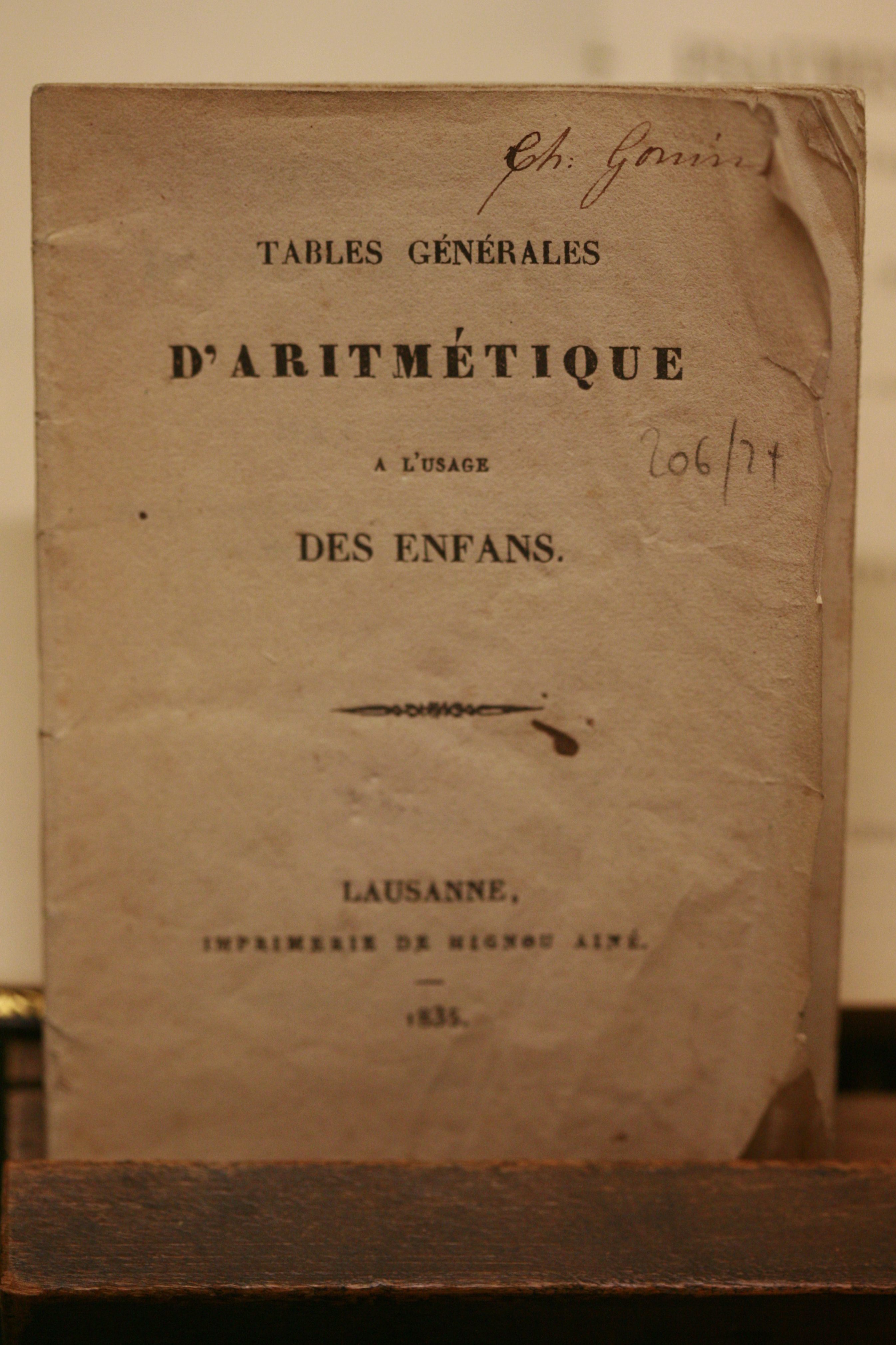Mathematics 101
- Reminder of Fundamentals
- Advanced Arithmetics
- Introduction to Geometry
- In-depth Geometry
- Deeper into Numbers
- Further into Algebra
- Elementary Statistics & Probability
- Advanced Statistics, Probability
- Mathematical Logic
- Calculus
- Calculus
- Trigonometry I
- Trigonometry II & Conclusion
Reminder of Fundamentals
Understanding Basic Arithmetics

Elementary branch of mathematics.
Arithmetic is the branch of mathematics that deals with numbers and the basic operations used to manipulate them: addition, subtraction, multiplication, and division. It forms the foundation of almost all fields of mathematics. This unit will provide a refresher on these fundamental concepts.
The Number System
The number system is a way to represent and organize numbers. In the most basic sense, we use the decimal number system, also known as base-10. This system uses ten digits: 0, 1, 2, 3, 4, 5, 6, 7, 8, and 9. The position of each digit in a number determines its actual value, also known as its place value.
Addition and Subtraction
Addition is the process of combining quantities. The symbol '+' is used to denote addition. For example, in the equation 3 + 2 = 5, 3 and 2 are the quantities being added together, and 5 is the sum.
Subtraction is the process of taking one quantity away from another. The symbol '-' is used to denote subtraction. For example, in the equation 5 - 2 = 3, 5 is the original quantity, 2 is the quantity being taken away, and 3 is the difference.
Basic Properties of Numbers
There are several fundamental properties of numbers that apply to the basic arithmetic operations:
- Commutative Property: The order in which numbers are added or multiplied does not change the sum or product. For example, 2 + 3 = 3 + 2 and 2 * 3 = 3 * 2.
- Associative Property: The way in which numbers are grouped in addition or multiplication does not change the sum or product. For example, (2 + 3) + 4 = 2 + (3 + 4) and (2 * 3) * 4 = 2 * (3 * 4).
- Distributive Property: The product of a number and a sum is equal to the sum of the products of the number and each addend. For example, 2 * (3 + 4) = (2 * 3) + (2 * 4).
Introduction to Place Value
Place value is a system for representing numbers where the position of a digit determines its value. In the decimal number system, each position represents a power of 10. For example, in the number 345, the digit 3 is in the hundreds place (10^2), the digit 4 is in the tens place (10^1), and the digit 5 is in the ones place (10^0).
Understanding basic arithmetic is crucial for grasping more complex mathematical concepts. It forms the foundation upon which all other mathematics is built.